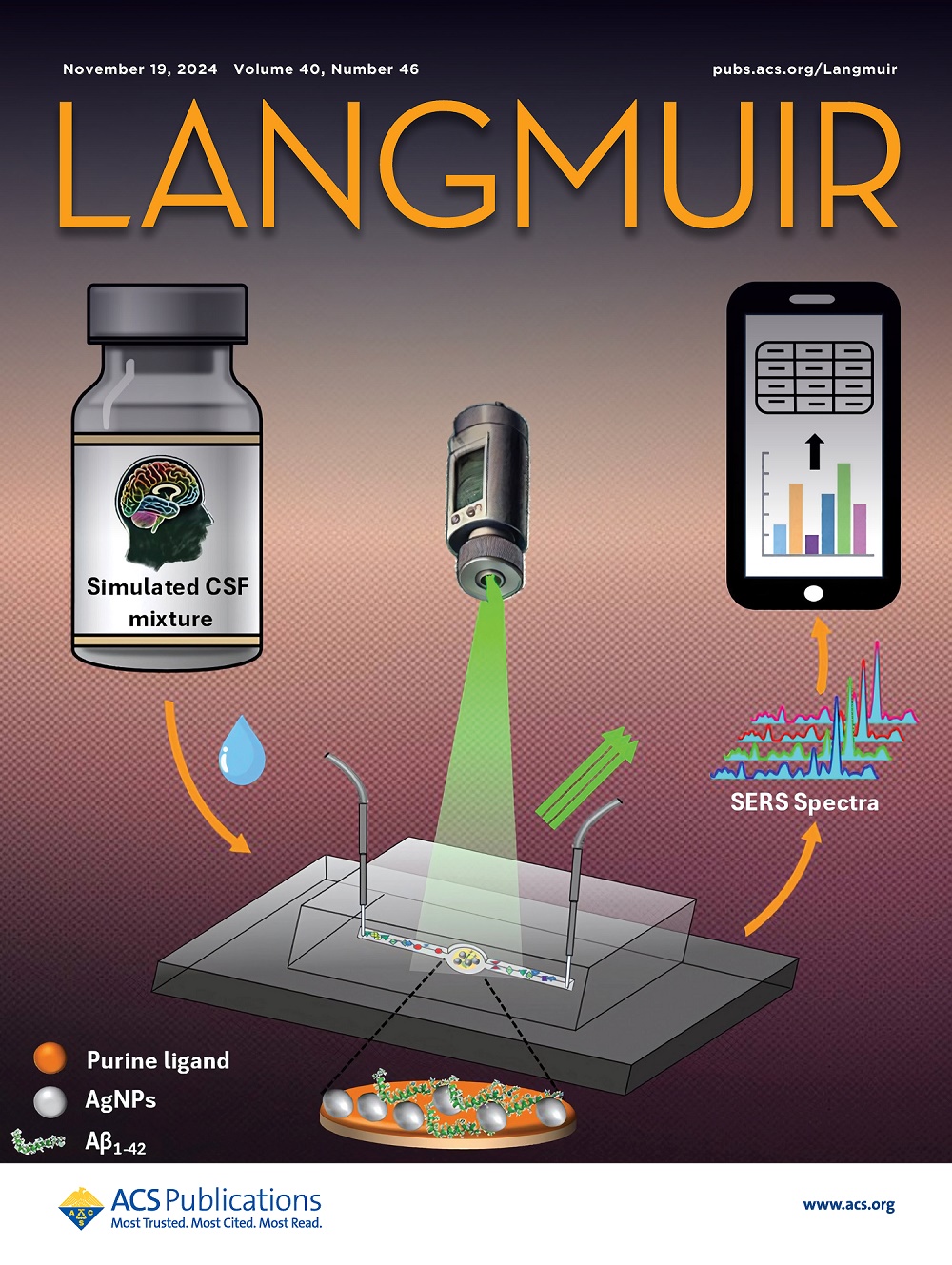Tetracycline Antibiotic Removal from Water by Wood Filters with Well-Arranged Natural Porous Structure
IF 3.7
2区 化学
Q2 CHEMISTRY, MULTIDISCIPLINARY
引用次数: 0
Abstract
Antibiotic pollution is a crucial global environmental issue, and it is necessary to develop simple, economical, and effective filtration materials for the removal of antibiotics from water. Wood, a plentiful and ecofriendly natural material characterized by a hierarchical porous architecture, robust mechanical strength, and abundant functional groups, has been adopted as an adsorptive filter for water purification. However, the mechanism of natural wood filters for removing pollutants from water has not been analyzed. In this study, we prepared three wood filters (balsawood, basswood, and Chinese fir) with different pore structures for the removal of the tetracycline (TC) antibiotic. We systematically investigated the structures and properties of the three wood filters to establish clear structure–property-performance relationships. By comprehensively considering the flux and TC removal efficiency, we selected the basswood filter as the optimal filter and further discussed the removal efficiency of the basswood filter and its removal mechanism for TC. When using five basswood filters, after continuously treating 120 mL of 0.5 mg L–1 TC solution at 5000 L m–2 h–1, a relatively high removal efficiency of over 85% could still be achieved. The filters retained ∼80.5% of their removal efficiency after five regeneration cycles, demonstrating excellent reusability. The further studies prove that there are three primary interaction forms in the process of TC removal by the basswood filter, which are electrostatic interaction, hydrogen bonding interaction, and π-π interaction. This is expected to be widely applied in actual wastewater treatment.

天然多孔结构木质过滤器去除水中四环素类抗生素
抗生素污染是一个重要的全球性环境问题,有必要开发简单、经济、有效的过滤材料来去除水中的抗生素。木材是一种丰富而环保的天然材料,具有分层多孔结构,坚固的机械强度和丰富的官能团,已被用作水净化的吸附过滤器。然而,天然木材过滤器去除水中污染物的机理尚未得到分析。在本研究中,我们制备了三种不同孔结构的木材过滤器(香木、椴木和杉木),用于去除四环素(TC)抗生素。我们系统地研究了三种木材过滤器的结构和性能,以建立明确的结构-性能-性能关系。综合考虑通量和TC去除效率,选择了椴木过滤器作为最佳过滤器,并进一步探讨了椴木过滤器对TC的去除效率及其去除机理。当使用5个椴木过滤器时,在5000 L m-2 h-1条件下连续处理120 mL 0.5 mg L - 1的TC溶液,仍然可以达到85%以上的较高去除率。经过五次再生循环后,过滤器的去除效率仍保持在80.5%左右,具有良好的可重复使用性。进一步的研究证明,在椴木过滤器去除TC的过程中存在三种主要的相互作用形式,即静电相互作用、氢键相互作用和π-π相互作用。该方法有望在实际废水处理中得到广泛应用。
本文章由计算机程序翻译,如有差异,请以英文原文为准。
求助全文
约1分钟内获得全文
求助全文
来源期刊

Langmuir
化学-材料科学:综合
CiteScore
6.50
自引率
10.30%
发文量
1464
审稿时长
2.1 months
期刊介绍:
Langmuir is an interdisciplinary journal publishing articles in the following subject categories:
Colloids: surfactants and self-assembly, dispersions, emulsions, foams
Interfaces: adsorption, reactions, films, forces
Biological Interfaces: biocolloids, biomolecular and biomimetic materials
Materials: nano- and mesostructured materials, polymers, gels, liquid crystals
Electrochemistry: interfacial charge transfer, charge transport, electrocatalysis, electrokinetic phenomena, bioelectrochemistry
Devices and Applications: sensors, fluidics, patterning, catalysis, photonic crystals
However, when high-impact, original work is submitted that does not fit within the above categories, decisions to accept or decline such papers will be based on one criteria: What Would Irving Do?
Langmuir ranks #2 in citations out of 136 journals in the category of Physical Chemistry with 113,157 total citations. The journal received an Impact Factor of 4.384*.
This journal is also indexed in the categories of Materials Science (ranked #1) and Multidisciplinary Chemistry (ranked #5).
 求助内容:
求助内容: 应助结果提醒方式:
应助结果提醒方式:


